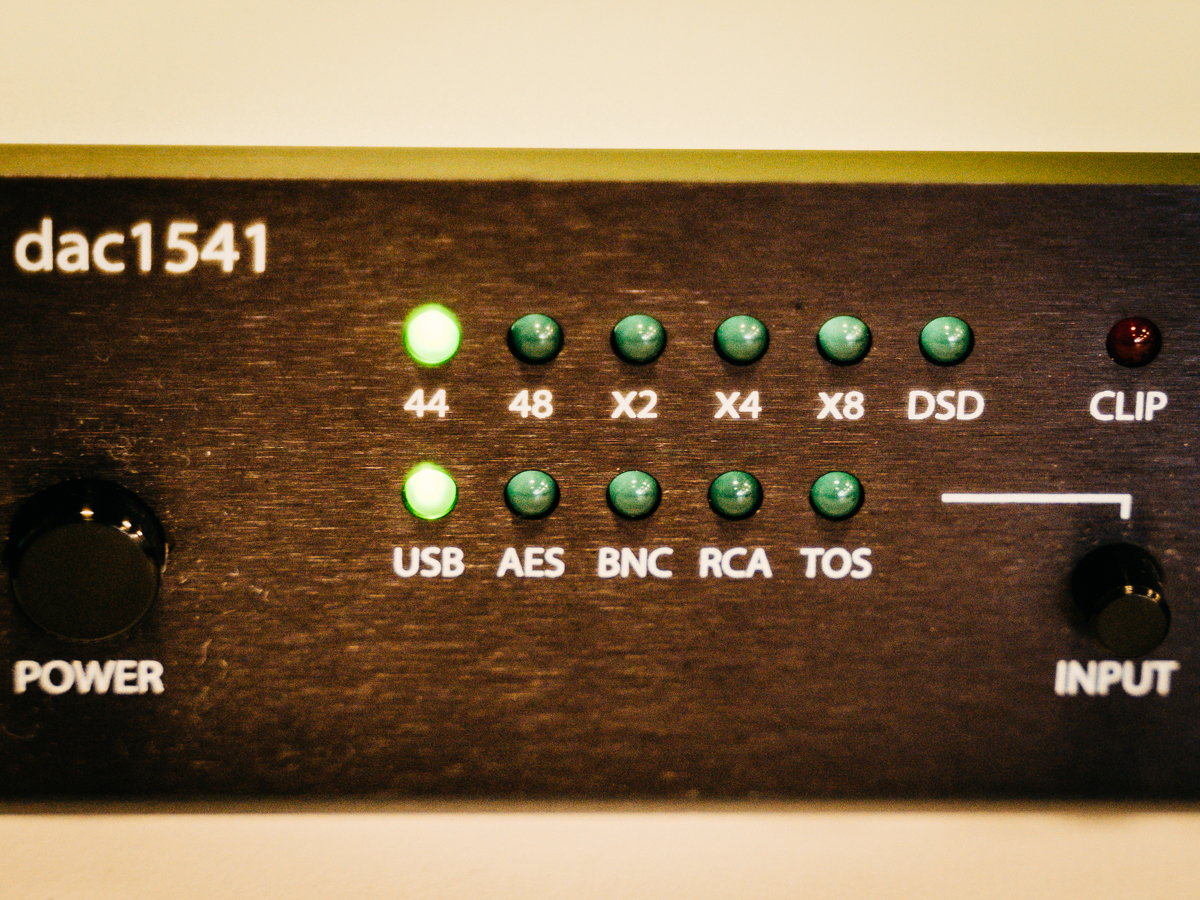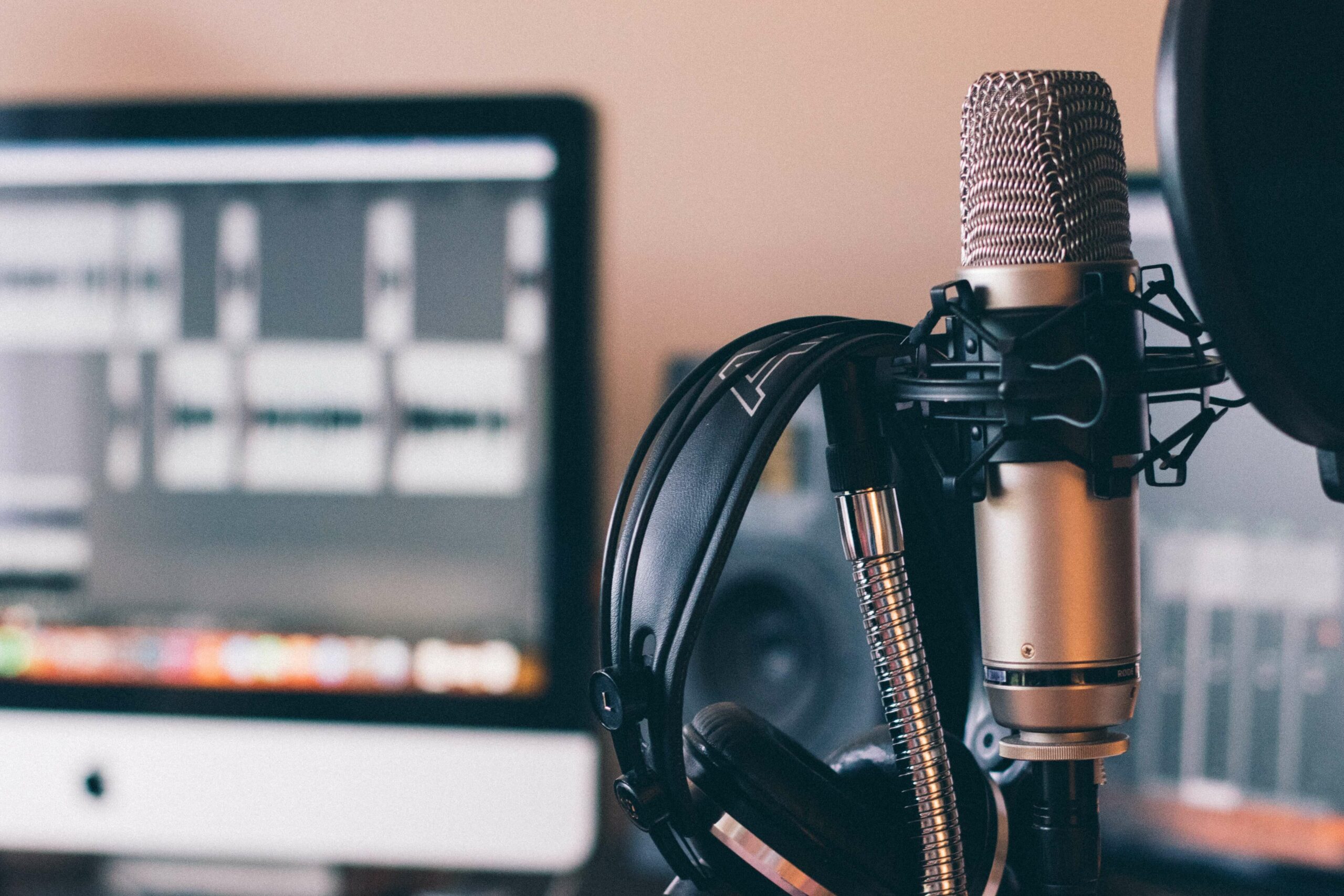Is It Better to Record at 44.1 or 48
For more on the topic check out the article Software Tech. For audiophile music or sound design you may prefer 96 kHz.

Understanding Sample Rate Sonarworks Blog
The 441 kHz sample rate really was only ever used for.

. Most good ADs have a decent filter and the compromise is usually a theoretical matter. Obviously thats a good thing. We did a blind comparison between 48khz and 96 khz in our recording studio.
441 kHzLets Settle This. Up to 15 cash back So even though 441 and 48 arent that far apart using the higher rate does make it less likely that aliasing will occur thus reducing the fizzy buzzies that plague many amp plugins. Second 48 kHz uses only slightly more disk space than 441.
Second 48 kHz uses only slightly more disk space than 441. This usually works well but switching sample rates it is operating at can be a source of problems if the drivers are buggy. I would recommend recording your material at 24-bit441kHz and then truncating and re-dithering the finished tracks to 16-bit as the final stage before burning the CD.
When you think that one second is such a small period the gap between 441 kHz and 48. Whats worse is that with each resample you lose more data. It makes a lot more sense to do it at 441 kHz or 48 kHz or 96 kHz if thats how you roll and selectively upsample those parts that benefit from higher sample rates.
I recommend that you record with a sample rate of 48kHz. More missing data means wider time gaps. I suspect that your recording engineer in the absence of specific instructions to the contrary used 48000 for the same reasons.
I just mastered a project today and we did a test between 441 48 96k and 192 capturing from 14 tape. I actually prefer 441. I recommend that you then bounce down to 441kHz for the final release.
I have the ability to record in 96 but I never do. When you record audio at 441 kHz you can capture the rates up to 22 kHz. For newbies its a no-brainer go for 48 all the way but for me with tons of music done in 441 and dropping by pro studios to do sessions every now and then which ALWAYS are in 441 Im thinking Im not the only one.
Third videos usually require 48 kHz audio and much of our audio will be embedded in a YouTube or other video as part of distribution. For pop music stick to 48 kHz but 441 kHz is acceptable. Interestingly enough everyone who took the test preferred 48khz.
Many people record at the lower rates of 441 or 48 KHz due to CPU restrictions of the mixing computer. If however he is saying that a voiceover recorded at 48 is better or has more resolution than one recorded at 441 he is mistaken. It might have something to do with what the human ear has become use to hearing.
If your target market might be audiophiles 882 or 96 is recommended. Such a shame to do it analog when I could keep it all digital. Appreciate your thoughts on this.
Ive also heard that since almost all music players and consumer soundcards are based around 441 changing to 48 or 96 would cause odd mathmatical rounding and choosing 882 or another clean multiple of 441 would be a wiser. Mix sessions should remain at the sample rate of the recording. Heres the bottom line.
Avoiding SRC is better than recording in 48 kHz going down to 441 kHz even using a good SRC IMO. I know it sounds absolutely ridiculous but this is something Im trying to grasp at the moment so I can decide whether or not its better to record at 441 or 48 -Im leaning towards 48 for higher fidelity of course but Im also not wanting to do a bunch of tracks at 48 and then find out something will not be cool when it comes time for. There is a useful advantage in recording your original material with 24-bit resolution as this increases the dynamic range available to you.
If a 48 kHz audio is played it will operate at 48 kHz and it does not have to re-sample. I dont recommend recording any higher than 48kHz. Recording at 48kHz enables you to record everything within the range of human hearing while leaving ample room for the anti-aliasing filter.
You lose a lot more data than if you record at 192 and resample down to 441. First 48 kHz allows for better sounding anti-aliasing filters than 441. If you record at 441 and then resample it at 441 you will have less data than the original file because its a sample of a sample.
My hearing goes up to about 18 kHz after that it fades rapidly. The reason very few people record at this rate is because audio CDs are made at 441k. The only way to get digital audio from 48k to 441k is to either rerecord it change the sample rate or perform what is known as sample rate conversion.
You can capture frequencies up to 24 kHz while sampling at 48 kHz as well. Although these rates are fine 882 or 96 KHz will sound slightly better on many playback systems especially audiophile systems. If its going to be output at 48 it might as well start there.
I do so purely for convenience and for filestemclip consistency. Another reason to use 48 as albee said is if its sound for video or film. If you are just capturing then 441 or 48 or 96k can all sound good but if you are processing then its a different story well kind of.
Most recording and production studios that deal with electronic and urban music record and process at the often native sample rate of 441 kHz not 48 kHz. Recording at 441 kHz vs 48 kHz. You will not improve the sound of a project by upsampling a session to a higher sample rate session.
Absolutely stay at 48 kHz or 441 kHz but 48 kHz isnt quite as prevailing as you state - and it depends very much on the type of music.

Alesis Multimix 4 Usb Fx 4 Channel Mixer With Effects And Usb Audio Interface Podcast Setup Audio Usb

Should I Record In 44 1 Khz Or 48 Khz Let S Find Your Optimal Sample Rate

Alesis Multimix 4 Usb Fx 4 Channel Mixer With Effects And Usb Audio Interfacedefault Title In 2022 Audio Podcast Setup Signal To Noise Ratio
No comments for "Is It Better to Record at 44.1 or 48"
Post a Comment